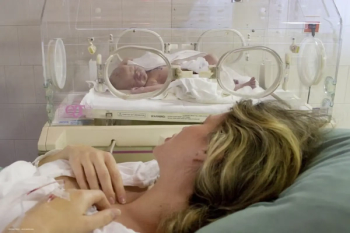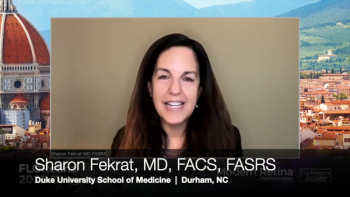
Retained viscoelastic can cause reticular interface haze
Retained viscoelastic at the graft-host interface during DSEK may cause a reticular interface haze that can compromise visual clarity.
Retained viscoelastic at the graft-host interface during DSEK may cause a reticular interface haze that can compromise visual clarity, claims a paper in Retina.
A group led by Dr A. Anshu, Cornea Research Foundation of America, Indianapolis, Indiana, USA, studied five patients who underwent uncomplicated combined DSAEK/phacoemulsification with IOL implantation at a tertiary referral centre over a period of three months.
Each eye had the Descemet membrane stripped and the anterior chamber filled cohesive viscoelastic. As a result, patients developed visually significant haze in the graft-host interface. There was also a small separation between the donor and the recipient cornea in three of the fives cases.
In all patients there was no communication between the area of detachment and the anterior chamber. Patients either went under observation or had surgery to irrigate the viscoelastic from the interface.
Three patients were observed with eventual clearing of the haze and attainment of best-corrected visual acuity of 20/40 or better. The remaining two patients had more extensive haze and visible space on the slit lamp examination and underwent irrigation and aspiration of the graft-host interface. At the last follow-up all grafts were clear.
The abstract can be found
Newsletter
Get the essential updates shaping the future of pharma manufacturing and compliance—subscribe today to Pharmaceutical Technology and never miss a breakthrough.













































